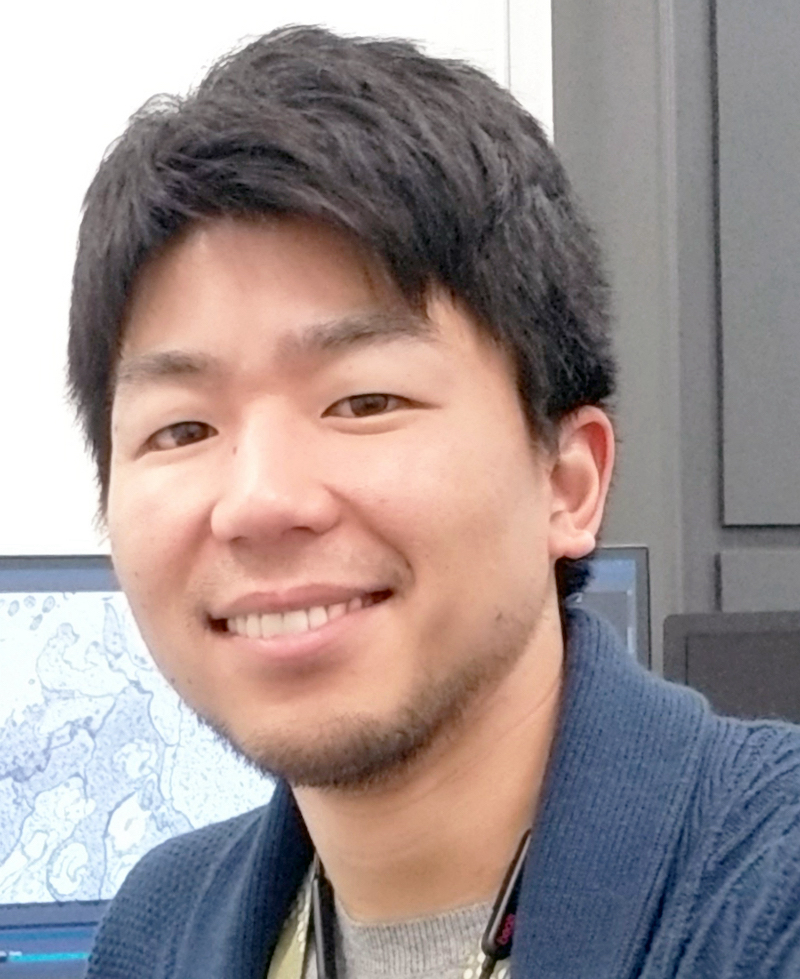
Kei Jokura
The ctenophores, which are considered to be the sister group to all other metazoans, possess giant compound cilia called comb plates that allow them to change their swimming direction. The ciliary movement of the comb plates is controlled by the beat frequencies of four gravity-sensing cilia known as balancers, which are located in the apical organ – a sensory neurons centralized region on the aboral side. Additionally, the apical organ contains four putative photoreceptor cell groups known as lamellate bodies, suggesting the presence of opsin gene expression for the light sensitive molecule. I hypothesized that light stimulation of lamellate bodies alters the movement of balancer cilia and reverses gravitaxis. To substantiate this hypothesis during the Grass fellowship, I will use molecular biological techniques to elucidate the substance of signaling between balancer cells and lamellate bodies, and shed light on the mechanisms of flexible behavior based on primitive neural circuits.
